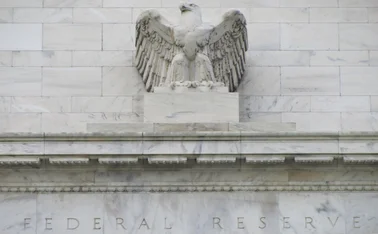
Riksbank holds rates as IMF sees ‘sizeable' risks at Swedish banks

A split Swedish Riksbank has held its main interest rate steady in a bid to help boost economic activity and increase inflation back up to the target level, while containing high and rising household debt.
The Riksbank's executive board left the Repo rate unchanged at 1.0%, reiterating its intention to keep it there until the end of 2014. Two members, Karolina Ekholm and Martin Flodén, advocated a 25-basis point cut, and expressed a desire to keep the rate at 0.75% until the second quarter of
Only users who have a paid subscription or are part of a corporate subscription are able to print or copy content.
To access these options, along with all other subscription benefits, please contact info@centralbanking.com or view our subscription options here: subscriptions.centralbanking.com/subscribe
You are currently unable to print this content. Please contact info@centralbanking.com to find out more.
You are currently unable to copy this content. Please contact info@centralbanking.com to find out more.
Copyright Infopro Digital Limited. All rights reserved.
As outlined in our terms and conditions, https://www.infopro-digital.com/terms-and-conditions/subscriptions/ (point 2.4), printing is limited to a single copy.
If you would like to purchase additional rights please email info@centralbanking.com test test test
Copyright Infopro Digital Limited. All rights reserved.
You may share this content using our article tools. As outlined in our terms and conditions, https://www.infopro-digital.com/terms-and-conditions/subscriptions/ (clause 2.4), an Authorised User may only make one copy of the materials for their own personal use. You must also comply with the restrictions in clause 2.5.
If you would like to purchase additional rights please email info@centralbanking.com test test test







